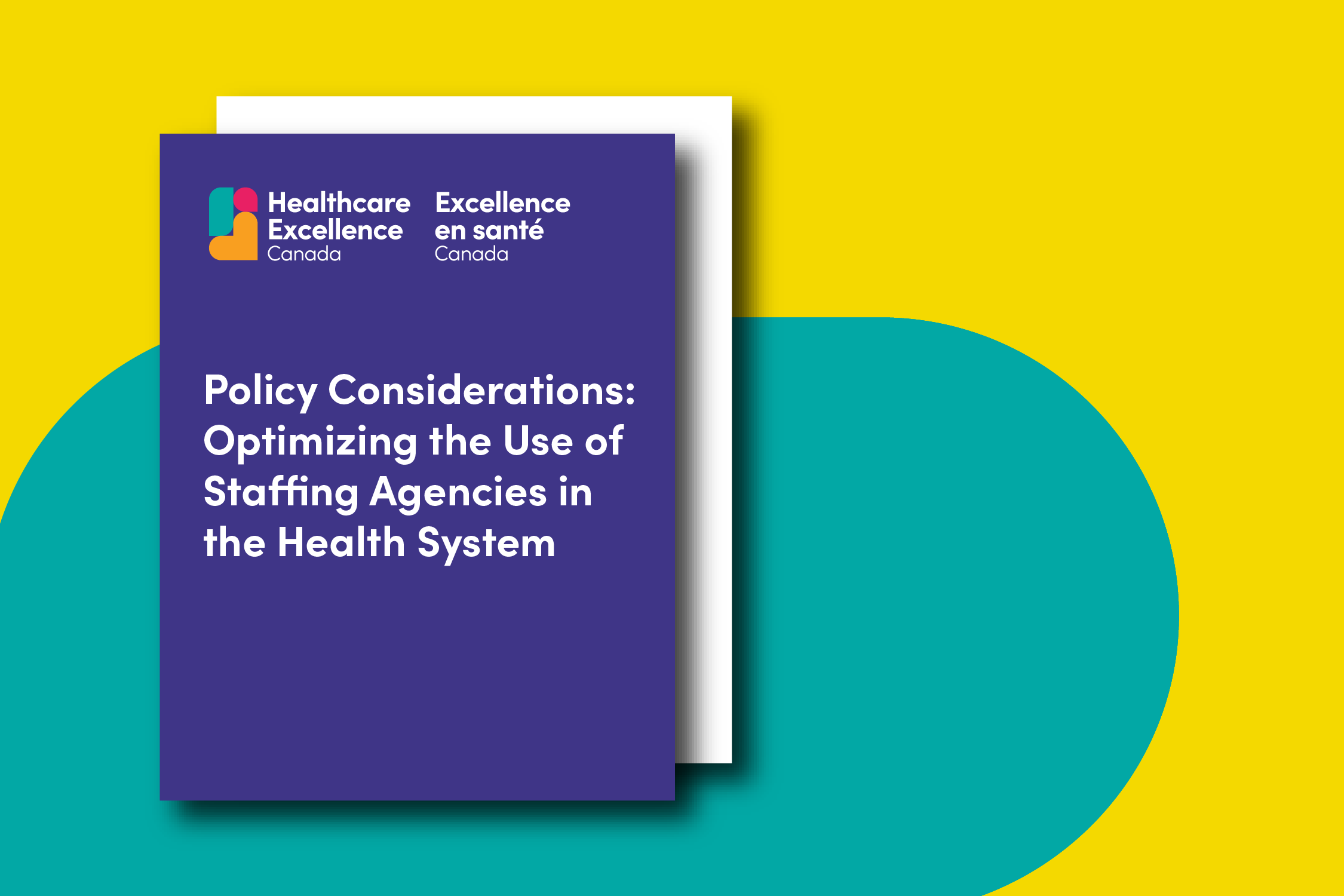Staffing agencies have been a part of the Canadian health system for many years, particularly for health facilities in northern, rural, remote locations. For the context of this report, we are referring to staffing agencies that are independent, for-profit companies that provide healthcare workers on a contract basis. Staffing agencies are often used by organizations when they face staffing shortages that can’t be filled by casual workers, part-time staff or overtime. One of the main reasons for using them is to ensure there are enough staff members to keep healthcare services running smoothly.
Learn more about the Policy Considerations Report (PDF 827 KB)
In recent years, the use of agency staff has increased due to several factors. Ongoing staff shortages within the health system worsened during the COVID-19 pandemic. Working for a staffing agency can offer health providers higher wages, more flexibility, control over their schedule and opportunities to travel. The temporary nature of these jobs may help workers avoid chronic workplace stresses. However, being a contracted worker dependent on temporary assignments has trade-offs compared to direct employment with an organization, such as a regional health authority (RHA) or a healthcare facility. For example, not all staffing agencies offer workers extended health benefits, paid vacation, or pensions.
In June 2024, HEC held a policy lab to explore how health systems can optimize the use of staffing agencies. The 56 people who attended brought a range of perspectives to the dialogue. There were patients, health care providers, staffing agencies, unions, employers, policy-makers and researchers.
What's inside?
Based on evidence, policy lab discussions and follow-up interviews, participants identified 14 policy considerations to optimize the use of staffing agencies in health systems across Canada:
- Establish vendors of record
- Standardize agency rates
- Limit agency rates
- Cap the number of hours purchased
- Ban the use of staffing agencies
- Create regional or health authority float pools
- Use alternate staffing models (such as job-sharing or permanent part-time roles)
- Require competency in delivering culturally safe care
- Implement staff-to-patient ratios
- Cap the number of hours worked
- Increase pay for employees
- Offer recruitment incentives in high-need areas
- Use flexible scheduling models
- Develop staffing structures that facilitate better work-life balance
In addition, participants noted that specific situations and urgency of need affect the use of staffing agencies. Factors include:
- Location, e.g. rural, remote, northern areas; First Nations, Métis or Inuit communities; or areas near the U.S. border.
- Type of position, e.g. a registered nurse in an intensive care unit, a nurse practitioner in a northern community or a personal support worker in a long-term care home.
- The employer’s influence on local healthcare staffing
Learn more about the Policy Considerations Report (PDF 827 KB)
Related programs
{{currentEntry.friendlyTitle.length > 0 ? currentEntry.friendlyTitle : currentEntry.title}}
- {{param_allText}}
- {{decodeURI(filterType.title).replaceAll('+', ' ').replaceAll('%26', '&')}}
- {{param_allText}}
- {{decodeURI(filterType.title).replaceAll('+', ' ').replaceAll('%26', '&')}}
- {{param_allText}}
- {{decodeURI(filterType.title).replaceAll('+', ' ').replaceAll('%26', '&')}}
